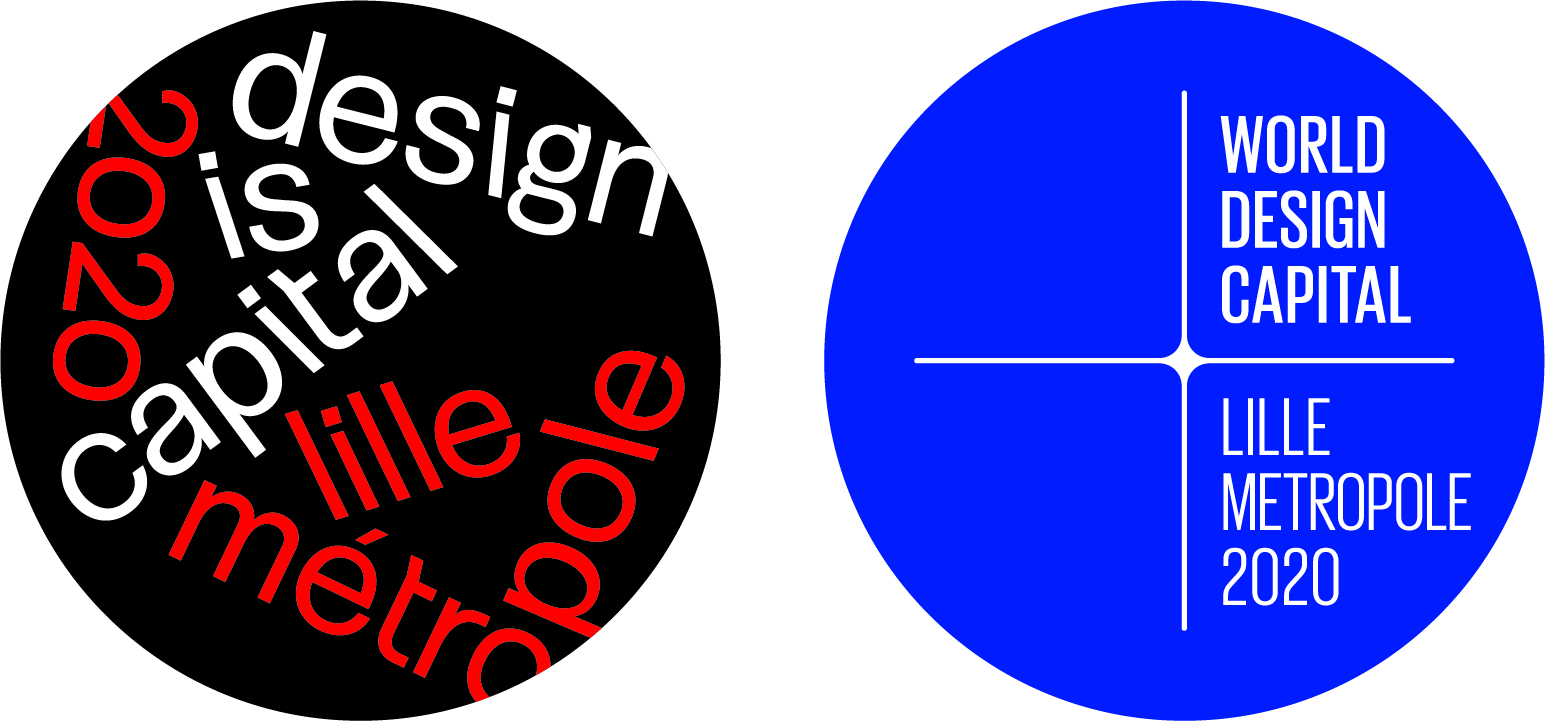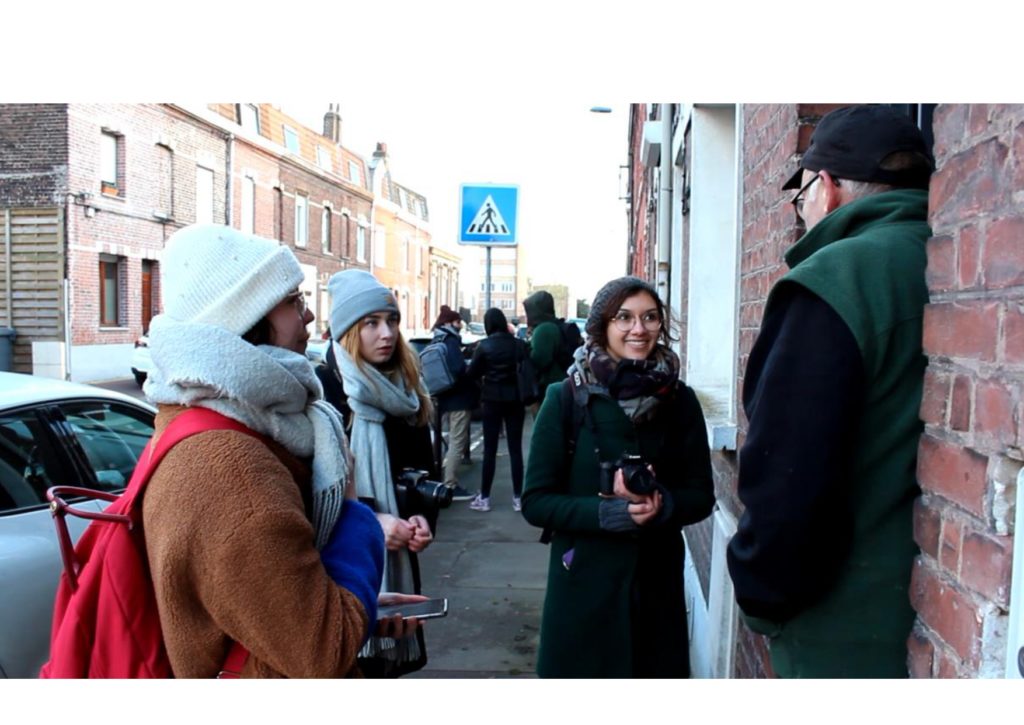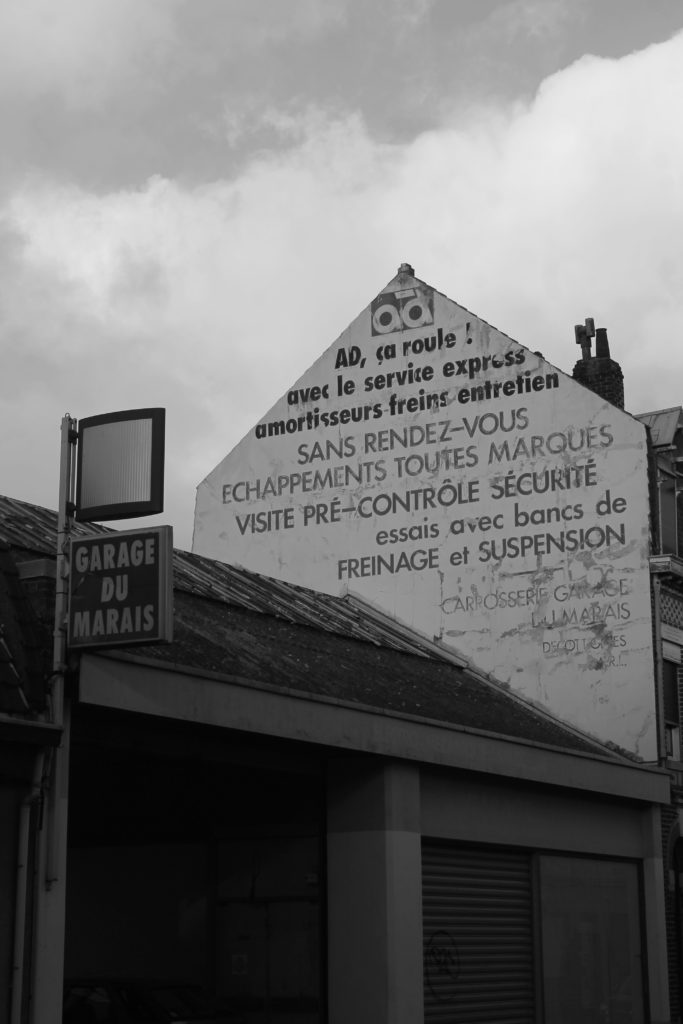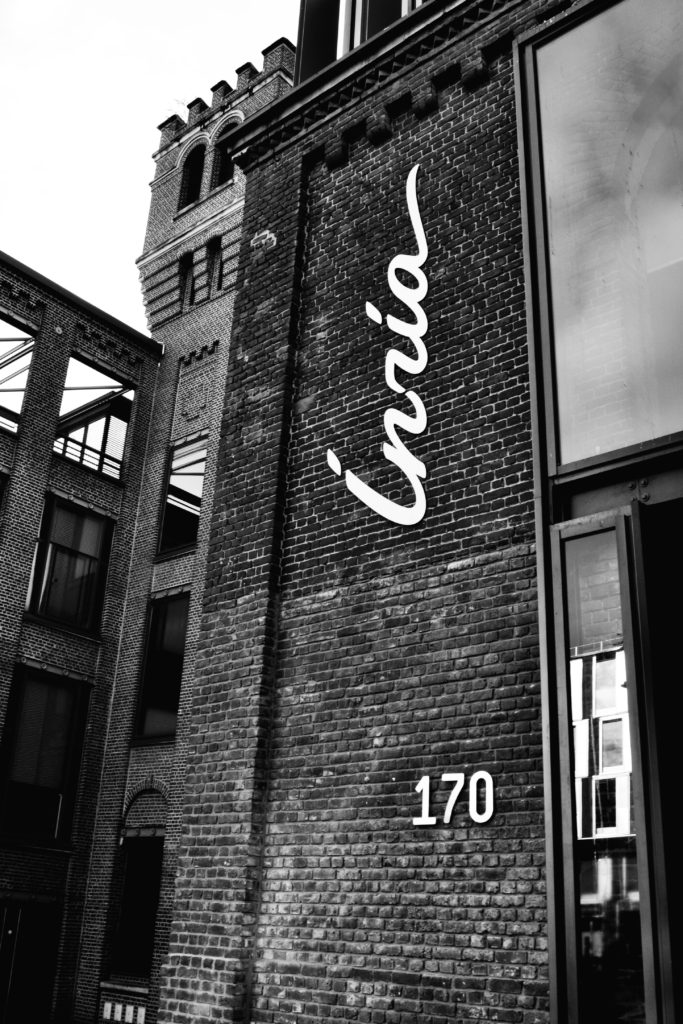POC La mémoire dans le code
Strolls in neighbourhood memories
“After some thinking about the urban transformations that would take place in the neighbourhood —generated by the installation of a centre of excellence in digital technology —some people showed an interest in learning more about digital technology, while others seemed worried about these transformations.” Following the examples of the projects Ghost Signsin Dublin and Lettering dain Turin, the University of Lille’s Master students in Culture and Communication have set for themselves the challenge of restoring the neighbourhood’s memory, by and with its inhabitants, taking as a starting point urban writings.
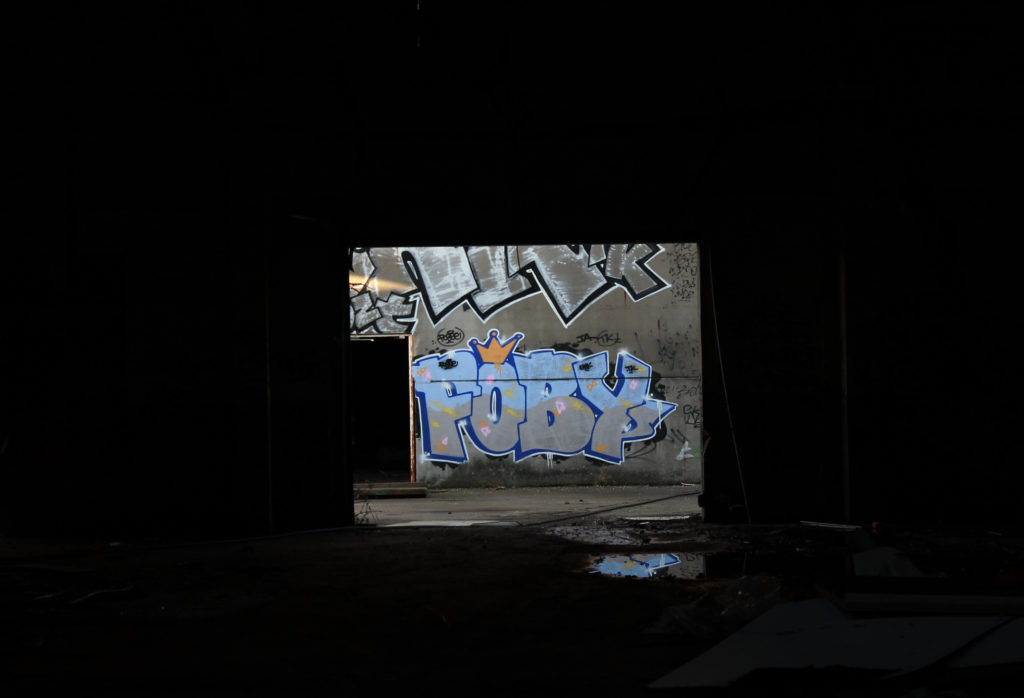
Collecting people’s voices
The writings in the city bear witness to the social, urban and economic transformations well known in the neighbourhood of Marais in Lomme. These traces are a good way of grasping a neighbourhood’s memory, but they can be subject to uncertainties relative to time. Hence, there is a double challenge: turning these visual traces eternal by voicing them and restoring their memory. Beyond fixing a memory, the students wish to promote intergenerational and social links in general and encourage people to use their words as a citizen act, since urban writings are significant marks of a speech.
Hyperlinks in the public space
How can we give voice to these written, yet silent signs? How can we add meaning and sensitivity? People’s living memories, taken from the sound of the neighbourhood, are to be recorded and produced in the shape of podcasts. Taking a “hacking” perspective, the students explore ways to insert hyperlinks in the public space, either directly on the city walls with QR-Codes, or through a walking format or other forms of creation. It is in this perspective that the graphic design dimension, along with sound design, intervene. The technical tool that brings this memory available is the main point of tension, since it questions the project’s durability.
- Project holders: Université de Lille
- Designers : students of Master Culture et Communication de l’Université de Lille
- Photo credits : Université de Lille
